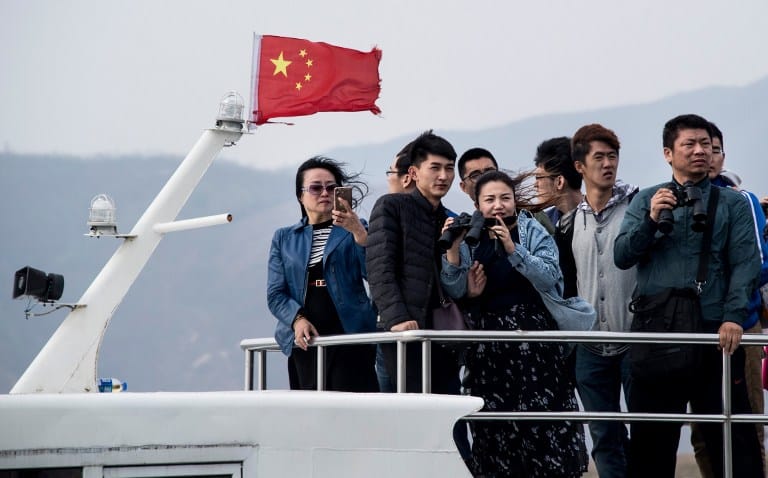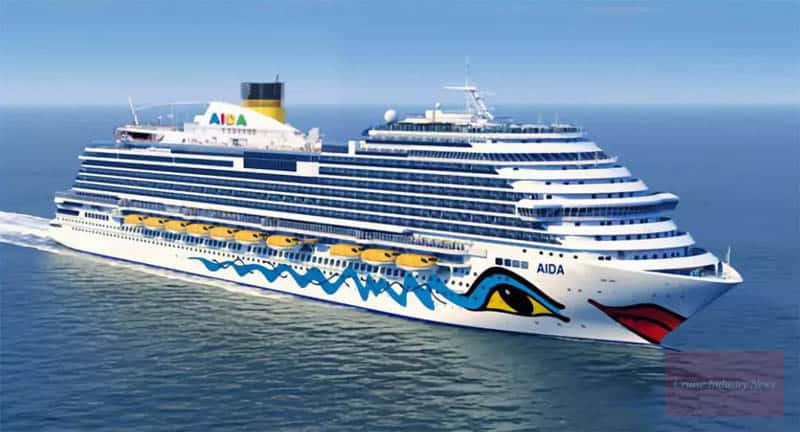China’s Cruise industry situation in 2022-2023
China released additional information on its plans for domestic cruise industry development. The new joint venture between CSSC and Carnival Corporation was established, and preliminary designs were displayed for a smaller and more luxurious cruise ship. A banking syndicate is helping China to expand its presence in international cruise business.
Carnival Corporation and shipbuilder CSSC have formed a joint venture for a brand new brand. They revealed this today that it would be called Adora Cruises, when it launches in 2023. This joint venture is part of China’s strong push for domestic expansion. Fincantieri and the CSSC have also partnered together to help build China’s first major cruise vessel.
Although most ships have not returned home to China since the outbreak of the flu, there are still attempts. China’s largest cruise ships are still waiting for the relaxation of the zero COVID policy. This has prevented foreign cruise companies from returning to China.

However, work on the mega-cruise ship is moving quickly with CSSC expecting delivery before year’s end. This vessel was designed using the corporate design that Carnival Cruise Line and Costa Cruises used. The ship will have 2,125 staterooms and measure 1,060 feet in length. It is expected to weigh 135,000 tonnes.
Chinese also modified the design to create a larger cruise ship. Since the beginning of this year, construction has been underway on the ship, which will weigh 142,000 tonnes. This cruise ship will measure 1,119 feet in length and will feature 2,144 staterooms.
The new company will offer short and long cruises, as well as international and domestic travel. However, no details have been revealed about its cruises. This trip will take you to countries that are important to China’s Belt and Road initiative.
Adora is proud to be Chinese-American and claims that it will combine a national perspective with local expertise to create a cruise itinerary specifically for Chinese tourists. The company stated that it will offer “better quality onboard experiences and exclusive shore tours to address the different needs of customers.”
The detailed plans for the expansion of CSSC’s cruise industry were also described. In December 2021, the first Chinese-designed cruise ship design was approved by an international classification body. It was for a larger vessel with a gross weight of 150,000. CSSC Cruise Technology Development Co. is a wholly owned subsidiary of China State Shipbuilding Corporation. It has unveiled a new design for a cruise vessel with 80,000 gross tons.
CSSC believes that this design will be a luxurious cruise ship measuring 963 feet long. CSSC claims that the design’s high passenger space, passenger-crew ratio and public area per person significantly improve passenger comfort. This involves techniques like enhancing wind field and hydrodynamic performance, and installing energy-saving devices to lower resistance and increase energy efficiency. The result is that this ship’s balcony room ratio will exceed 69%. China Classification Society (CCS) has given the design Approval in Principle (AiP).
To finance the growth of China’s cruise industry, the Bank of China and the Industrial and Commercial Bank of China have signed a memorandum of co-operation with CSSC Finance Co. and CSSC Carnival Cruise Co. The loan pool will finance two large Chinese cruise ships as well as expanding the country’s fleet of cruise ships. This is the first long-term syndicated credit for China cruise funding.






very good article, I quote you in our blog about market in China